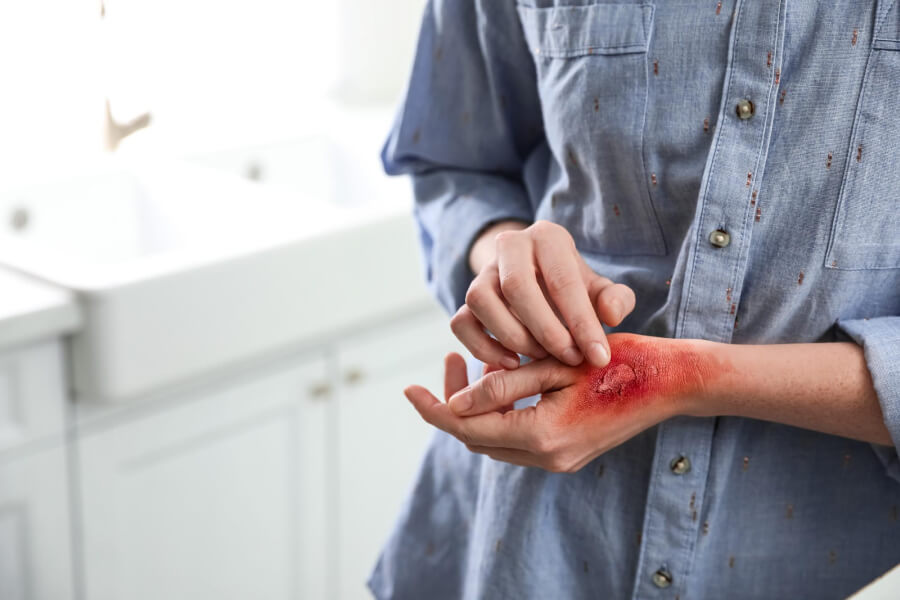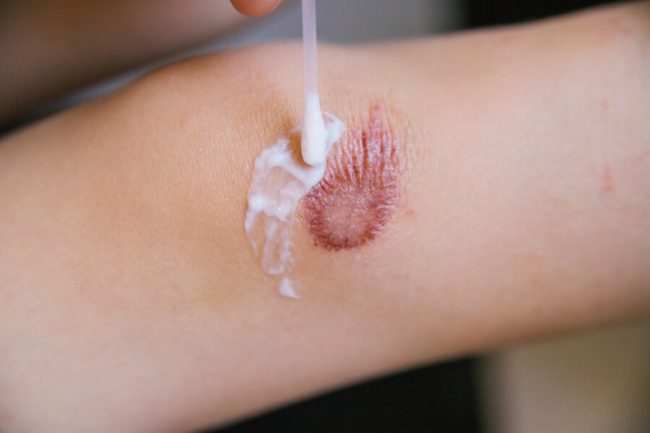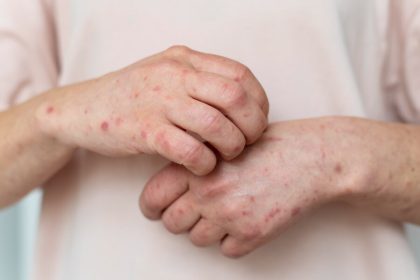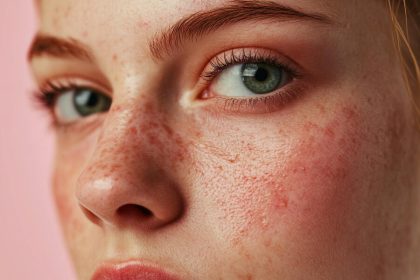Burn injury can happen unexpectedly during daily activities, whether cooking at home, enjoying outdoor activities, or even spending time in the sun.
These injuries not only cause pain and discomfort but can also lead to more serious complications if not properly managed.
Understanding the Degrees of Burns
Burns vary in severity, and understanding these burns differences is crucial for effective treatment and care.
First-Degree (Superficial) Burns: These affect only the outermost layer of the skin. Symptoms include redness, pain, and dryness, but no blisters. Sunburn is a common example. These burns typically heal with minimal intervention and without long-term skin damage.
Partial-Thickness Burns (Second-Degree): These burns damage both the outer and inner layers of the skin. They are characterized by redness, blistering, swelling, and tenderness. These burns can be more painful and may require more intensive care to heal properly.
Full-Thickness Burns (Third-Degree): These burns destroy all layers of the skin and can extend into deeper tissues. The affected area may appear white, charred, or leathery. These burns often require medical treatment, including skin grafts, and can result in significant scarring.
Deep Burns (Fourth-Degree): Extending beyond the skin into muscle or bone, these burns are very severe. The skin may appear blackened or burned away entirely, and nerve damage can result in numbness. Immediate medical intervention is essential.
Understanding the Different Types of Burn Injury
Burn injury can be caused by various factors, each requiring a specific approach to treatment.
Thermal Burns: Caused by direct contact with heat sources such as fire, hot liquids, steam, or hot objects. The severity depends on the temperature and exposure duration.
Chemical Burns: Result from skin or eye contact with harmful chemicals, often found in household cleaners or industrial products. Immediate washing with water is crucial to reduce further damage.
Electrical Burns: Occur when the skin comes into contact with electrical currents. These burns can cause both visible and internal burn injury, sometimes with minimal external damage but significant internal harm.
10 Ways to Manage Burn Injury
Cool the Burn: Immediately cool the burn with running cool (not cold) water for at least 10-15 minutes. This helps reduce the temperature of the skin and alleviate pain. Avoid using ice, as it can cause further skin damage.
Apply Aloe Vera: Aloe vera is known for its soothing and healing properties. Apply a thin layer of pure aloe vera gel to the burn area to reduce pain and inflammation. Aloe vera also helps in moisturizing the skin, promoting faster healing.
Use Honey: Honey has natural antibacterial properties and can act as a barrier to protect the burn from infection. Apply a small amount of medical-grade honey to a clean dressing and place it over the burn. This method is especially useful for superficial burns.
Keep Hydrated: Drinking plenty of water helps maintain skin hydration and promotes overall healing. Hydration is crucial, especially if the burn covers a large area of the body or if there is blistering.
Take Over-the-Counter Pain Relievers: For managing pain, over-the-counter medications like ibuprofen or acetaminophen can be helpful. These medications also reduce inflammation and swelling.
Avoid Breaking Blisters: If blisters form, avoid breaking them as they serve as a natural barrier against infection. If a blister breaks naturally, clean the area gently with water and cover it with a sterile dressing.
Use Natural Moisturizers: After the initial burn phase, keeping the skin moisturized can prevent dryness and peeling. Natural moisturizers like coconut oil or shea butter can be soothing and help in the healing process.
Dress the Burn Properly: Cover the burn with a clean, non-stick bandage or cloth to protect it from infection. Change the dressing regularly and monitor for signs of infection, such as increased redness, swelling, or pus.
Practice Gentle Exercise: For more severe burns, especially those affecting joints, gentle stretching exercises can help maintain mobility and prevent stiffness. However, these should only be done as advised by a healthcare professional.
Seek Medical Attention When Necessary: Not all burns can be treated at home. Seek medical help if the burn is larger than three inches in diameter, affects sensitive areas (face, hands, feet, or groin), is a deep or full-thickness burn, or is caused by chemicals or electricity.
Conclusion
Burn injury, while often unexpected, can be managed effectively with the right knowledge and prompt action.
Embracing natural remedies and holistic approaches not only aligns with a green and sustainable lifestyle but also supports gentle and effective healing.
By understanding the different types and severities of burns, applying appropriate first aid, and knowing when to seek professional care, you can significantly mitigate the impact of the burn injury on your skin and overall health.
FAQs
What are the 10 steps to avoid degrees of burns?
Use caution with hot liquids and foods. Keep flammable materials away from open flames. Handle chemicals with care, following safety instructions. Ensure electrical safety in your environment. Use protective equipment when necessary. Install smoke detectors and have a fire extinguisher accessible. Educate others about burn risks and prevention. Regularly inspect and maintain safety equipment. Avoid overloading electrical outlets. Supervise children around potential burn hazards.
How to manage a burn injury?
Cool the burn with running water, apply natural remedies like aloe vera or honey, keep the area moisturized, avoid popping blisters, and seek medical attention for severe burns.
What are the different types of burns?
Burns can be classified as thermal, chemical, or electrical, each with distinct causes and treatment needs.
What is a minor burn?
A minor burn typically affects only the outer layer of the skin, causing redness and pain without blistering or significant tissue damage. These burns generally heal without long-term effects.







